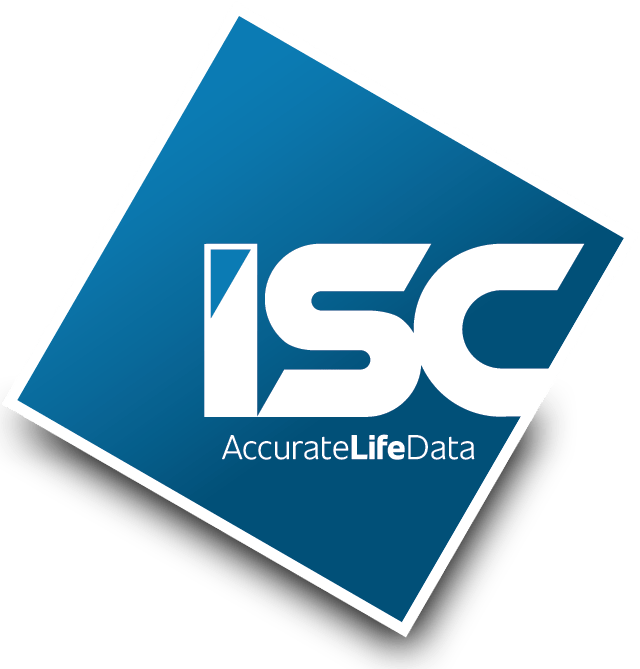As you’re aware, accurately qualifying senior living prospects is crucial to the success of your business. Denying access to your community without fully understanding their financial condition or having a complete understanding of their life expectancy could cause you to miss opportunities.
On the flip side, admitting a resident who is unable to meet their long-term financial obligations is bad business too. While it’s difficult to tell someone they don’t qualify for your community, you also want to be sure that you don’t accept a resident that might not be a good fit relative to your requirements. That’s why it’s essential to understand the applicant’s financial situation in context.
Tip 1: Develop a clear understanding of your senior applicant’s net worth
When analyzing an applicant’s financial condition, the best way to make the most informed decision is by considering every possible piece of information. As you meet with the potential buyer, make sure they provide you with all of the relevant details concerning their financial resources, including potential contributions from family members. Then you can correctly calculate the candidate’s net worth, cash flow, and healthcare resources to determine if your community is the best fit among all senior living communities.
You likely calculate prospects’ potential net worth routinely, but are you taking every potential source of money into account? Ask about non-traditional sources of funding in addition to the more traditional investments, including:
- Checking and savings account balances
- The value of securities such as stocks and bonds
- Real value of any owned businesses
- Real property value of primary home
- Real property value of vacation home(s)
- Real property value of rental properties
- Real property value of automobiles
- Real property value of collectibles and art
- Real property value of furnishings
- Real property value of jewelry
- Prospective family contribution
Then explore all sources of liabilities, including:
- Mortgages
- Credit card balances
- Car loans
- Secured personal loans
- Unsecured personal loans
- Accounts payable, like medical bills
- Other outstanding debt
As you know, ideally your prospect will have a total net worth well above what they’d need to pay to become a resident of your senior living facility. If the prospective client’s financial information places them on the edge of affording your community, you can move on to evaluate other factors to ensure that they are a good fit.
Tip 2: Are They a Fit? Evaluate What Applicants Want and What They Contribute to Your Senior Living Community
In addition to crunching numbers, you’ll also want to get a complete picture of the prospect’s expectations, needs, and wants by discussing these candidly. During your interview with a prospective buyer, take the time to gain a full understanding of what they are looking for in a senior living community. Sometimes the amenities you offer either don’t meet their needs, or perhaps they exceed the applicant’s expectations (and their ability to fund them). This is the time to discover any potential shortfalls.
An applicant requiring more care than your senior living community can provide might siphon away some of the resources needed by current residents. Conversely, if the potential buyer does not need the amount of care you offer, they may be able to find other options that deliver the services they need and are more affordable for them.
Since referrals are appreciated by prospects and friendly business owners alike, that’s a viable option too. If your prospective buyer doesn’t meet the requirements for your senior living community, you can always refer them to other reputable communities.
Tip 3: Accurately Assess Your Senior Living Community Applicant’s Life Expectancy
One of the most important things you’ll need to consider to determine the feasibility of a prospect’s applications is their life expectancy. While generic life expectancy calculators, population tables, and other online tools can be a convenient place to start the process, these rudimentary tools simply aren’t designed to provide you with a complete picture and cannot accurately account for all the vital data points that drive a potential buyer’s individual life expectancy.
Here’s where we can help. We’ll take your prospective residents’ information and run it through a trusted research-driven life expectancy underwriting (“LE”) process to create an individualized, holistic life expectancy assessment. Thorough life expectancy assessments like this look beyond the estimated lifespan itself to identify the factors that are most likely to contribute to your prospect’s life expectancy. These factors include the health risks and lifestyle of the subject individual, and our LE reports provide a significantly more complete picture of the subject, in real-time so you can make better decisions and avoid longevity risk.
At ISC Services, we believe that using trained, experienced underwriters is a crucial part of creating a complete life expectancy report. Our skilled underwriting team has specific expertise in the longevity/mortality underwriting process, and we constantly pursue improvement and harness the latest technology to produce the most thoughtful and well-reasoned life expectancy evaluations for our clients in the senior living industry.
Contact us today to learn more about what we can do for your senior living community, and be sure that you get the most accurate information possible when making your most important financial decisions.




